ML 349Selective and reversible lysophospholipase 2 (LYPLA2) inhibitor CAS# 890819-86-0 |

Quality Control & MSDS
3D structure
Package In Stock
Number of papers citing our products
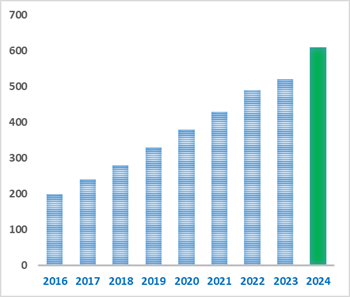
| Cas No. | 890819-86-0 | SDF | Download SDF |
| PubChem ID | 16193817 | Appearance | Powder |
| Formula | C23H22N2O4S2 | M.Wt | 454.56 |
| Type of Compound | N/A | Storage | Desiccate at -20°C |
| Solubility | DMSO : 20 mg/mL (44.00 mM; Need ultrasonic) | ||
| Chemical Name | (5,5-dioxo-4H-thieno[3,2-c]thiochromen-2-yl)-[4-(4-methoxyphenyl)piperazin-1-yl]methanone | ||
| SMILES | COC1=CC=C(C=C1)N2CCN(CC2)C(=O)C3=CC4=C(S3)C5=CC=CC=C5S(=O)(=O)C4 | ||
| Standard InChIKey | YVIJPELUPZUEJX-UHFFFAOYSA-N | ||
| Standard InChI | InChI=1S/C23H22N2O4S2/c1-29-18-8-6-17(7-9-18)24-10-12-25(13-11-24)23(26)20-14-16-15-31(27,28)21-5-3-2-4-19(21)22(16)30-20/h2-9,14H,10-13,15H2,1H3 | ||
| General tips | For obtaining a higher solubility , please warm the tube at 37 ℃ and shake it in the ultrasonic bath for a while.Stock solution can be stored below -20℃ for several months. We recommend that you prepare and use the solution on the same day. However, if the test schedule requires, the stock solutions can be prepared in advance, and the stock solution must be sealed and stored below -20℃. In general, the stock solution can be kept for several months. Before use, we recommend that you leave the vial at room temperature for at least an hour before opening it. |
||
| About Packaging | 1. The packaging of the product may be reversed during transportation, cause the high purity compounds to adhere to the neck or cap of the vial.Take the vail out of its packaging and shake gently until the compounds fall to the bottom of the vial. 2. For liquid products, please centrifuge at 500xg to gather the liquid to the bottom of the vial. 3. Try to avoid loss or contamination during the experiment. |
||
| Shipping Condition | Packaging according to customer requirements(5mg, 10mg, 20mg and more). Ship via FedEx, DHL, UPS, EMS or other couriers with RT, or blue ice upon request. | ||
| Description | Selective and reversible lysophospholipase 2 (LYPLA2) inhibitor (IC50 = 144 nM). Displays selectively over LYPLA1 and 20 other serine hydrolases (IC50 values are >3000 and >10,000 nM respectively). |

ML 349 Dilution Calculator

ML 349 Molarity Calculator
| 1 mg | 5 mg | 10 mg | 20 mg | 25 mg | |
| 1 mM | 2.1999 mL | 10.9996 mL | 21.9993 mL | 43.9986 mL | 54.9982 mL |
| 5 mM | 0.44 mL | 2.1999 mL | 4.3999 mL | 8.7997 mL | 10.9996 mL |
| 10 mM | 0.22 mL | 1.1 mL | 2.1999 mL | 4.3999 mL | 5.4998 mL |
| 50 mM | 0.044 mL | 0.22 mL | 0.44 mL | 0.88 mL | 1.1 mL |
| 100 mM | 0.022 mL | 0.11 mL | 0.22 mL | 0.44 mL | 0.55 mL |
| * Note: If you are in the process of experiment, it's necessary to make the dilution ratios of the samples. The dilution data above is only for reference. Normally, it's can get a better solubility within lower of Concentrations. | |||||

Calcutta University
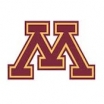
University of Minnesota

University of Maryland School of Medicine
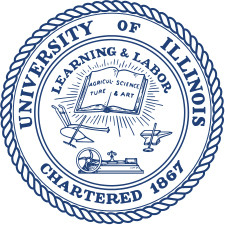
University of Illinois at Chicago

The Ohio State University
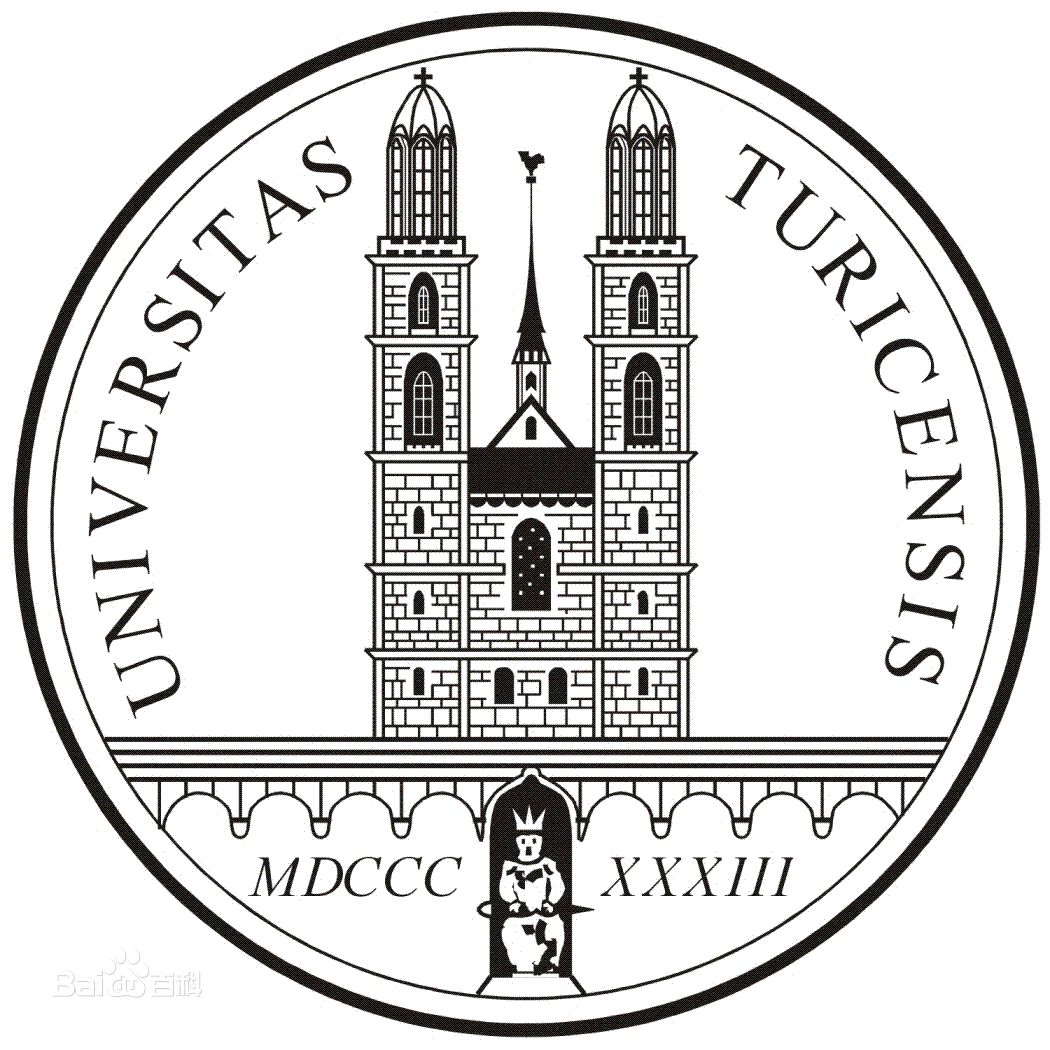
University of Zurich

Harvard University

Colorado State University
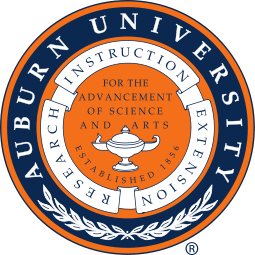
Auburn University

Yale University

Worcester Polytechnic Institute

Washington State University

Stanford University

University of Leipzig
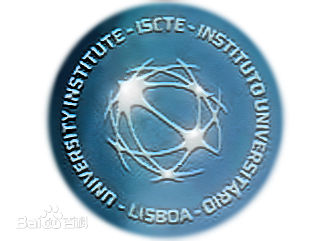
Universidade da Beira Interior
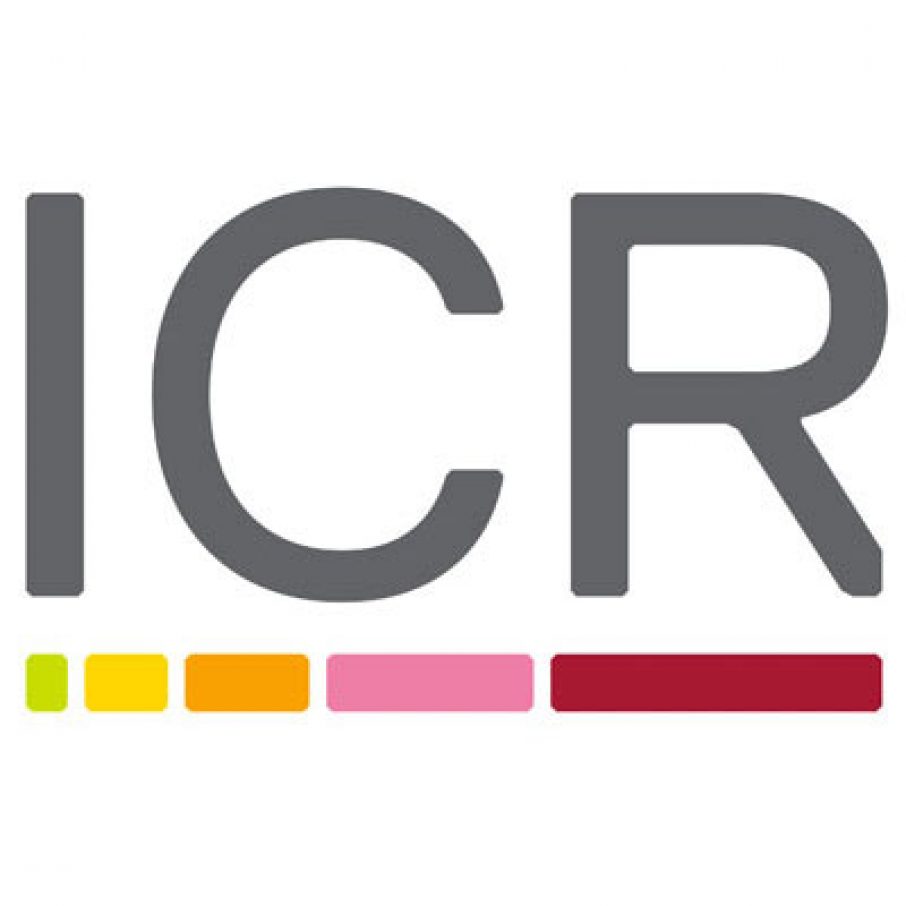
The Institute of Cancer Research

Heidelberg University

University of Amsterdam

University of Auckland

TsingHua University
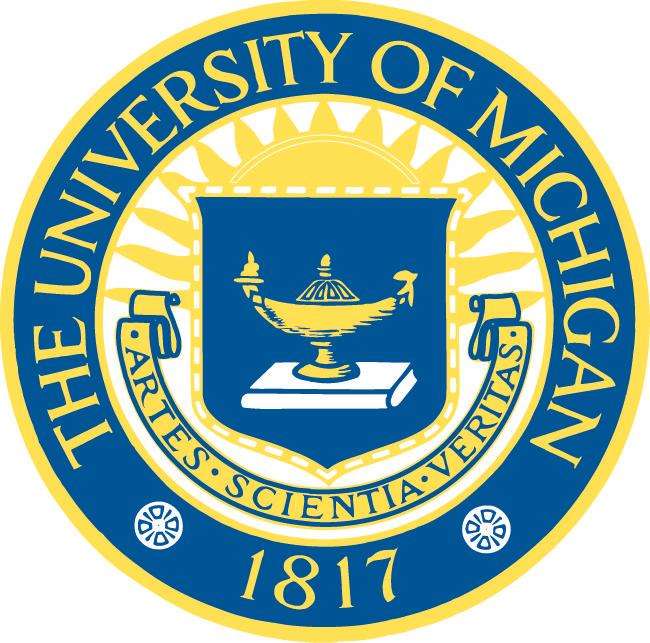
The University of Michigan

Miami University
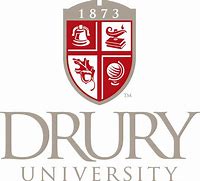
DRURY University
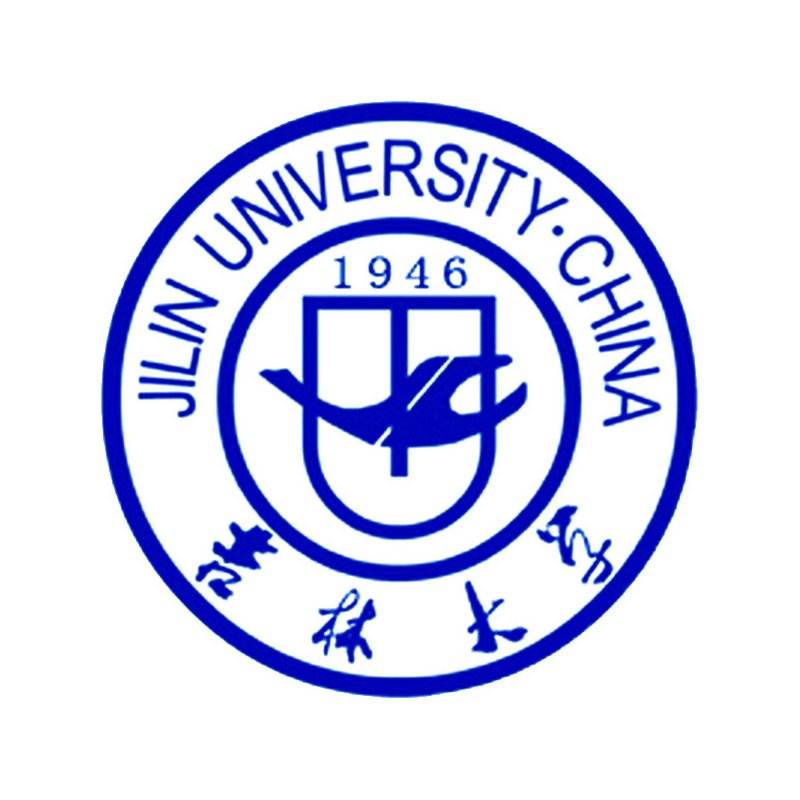
Jilin University

Fudan University

Wuhan University

Sun Yat-sen University

Universite de Paris

Deemed University

Auckland University

The University of Tokyo

Korea University
- VU 1545
Catalog No.:BCC7649
CAS No.:890764-63-3
- VU 29
Catalog No.:BCC7936
CAS No.:890764-36-0
- erythro-Guaiacylglycerol beta-coniferyl ether
Catalog No.:BCN1315
CAS No.:890317-92-7
- Dregeoside A11
Catalog No.:BCN3993
CAS No.:89020-11-1
- WDR5 0103
Catalog No.:BCC5626
CAS No.:890190-22-4
- Nutlin-3
Catalog No.:BCC2254
CAS No.:890090-75-2
- LUF6000
Catalog No.:BCC1710
CAS No.:890087-21-5
- 2'-Deoxyinosine
Catalog No.:BCN8544
CAS No.:890-38-0
- 2,4-Dihydroxyacetophenone
Catalog No.:BCN4441
CAS No.:89-84-9
- Thymol
Catalog No.:BCN3794
CAS No.:89-83-8
- Pulegone
Catalog No.:BCN3856
CAS No.:89-82-7
- (+)-Menthone
Catalog No.:BCC9239
CAS No.:89-80-5
- GSK 650394
Catalog No.:BCC4070
CAS No.:890842-28-1
- 24,25-Epoxytirucall-7-en-3,23-dione
Catalog No.:BCN4437
CAS No.:890928-81-1
- BAMB-4
Catalog No.:BCC5428
CAS No.:891025-25-5
- 4-O-Demethylisokadsurenin D
Catalog No.:BCN6650
CAS No.:89104-59-6
- Odoratisol A
Catalog No.:BCN7813
CAS No.:891182-93-7
- Betulin caffeate
Catalog No.:BCN4438
CAS No.:89130-86-9
- MK-8776 (SCH-900776)
Catalog No.:BCC3817
CAS No.:891494-63-6
- SCH900776 S-isomer
Catalog No.:BCC1936
CAS No.:891494-64-7
- 15,16-Dihydrotanshindiol B
Catalog No.:BCN3213
CAS No.:891854-86-7
- 1,2-Didehydrocryptotanshinone
Catalog No.:BCN3122
CAS No.:891854-92-5
- 15,16-Dihydrotanshindiol C
Catalog No.:BCN3214
CAS No.:891854-96-9
- Efaroxan hydrochloride
Catalog No.:BCC6797
CAS No.:89197-00-2
The diagnosis of pancreatic mucinous cystic neoplasm and associated adenocarcinoma in males: An eight-institution study of 349 patients over 15 years.[Pubmed:28211072]
J Surg Oncol. 2017 Jun;115(7):784-787.
BACKGROUND: Per WHO, 2000 classification, pancreatic mucinous cystic neoplasms (MCN) are defined by presence of ovarian stroma, and are primarily located in the pancreatic body/tail of females. The incidence of MCN and associated malignancy in males, since, standardization of MCN diagnostic-criteria is unknown. METHODS: MCN resections from 2000 to 2014 at eight institutions of the Central-Pancreas-Consortium were included, and divided into early (2000-2007) and late (2008-2014) time-periods. Primary aim was to characterize MCN and associated adenocarcinoma/high-grade-dysplasia (AC/HGD) in males versus females over time. RESULTS: Of 1667 resections for pancreatic cystic lesions, 349 pts (21%) had MCNs: 310 (89%) female, 39 (11%) male. Patients were equally divided between early (n = 173) and late (n = 176) time-periods. MCN in male-patients decreased over time (early: 15%, late: 7%; P = 0.036), as did pancreatic head/neck location (early: 22%, late: 11%; P = 0.01). MCN-associated AC/HGD was more frequent in males versus females (39 vs. 12%; P < 0.001). The overall rate of MCN-associated AC/HGD remained stable (early: 17%, late: 13%; P = 0.4), and was identical in males (39%) over both time-periods. Males with AC/HGD had more LN-positive disease versus females (57 vs. 22%; P = 0.039). CONCLUSIONS: As the diagnostic-criteria of MCN have standardized over time, MCN diagnosis has decreased in males and head/neck location. Despite this, MCN-associated adenocarcinoma/high-grade dysplasia has been stable and remains high in males. Any male with suspected MCN, regardless of location, should undergo resection.


